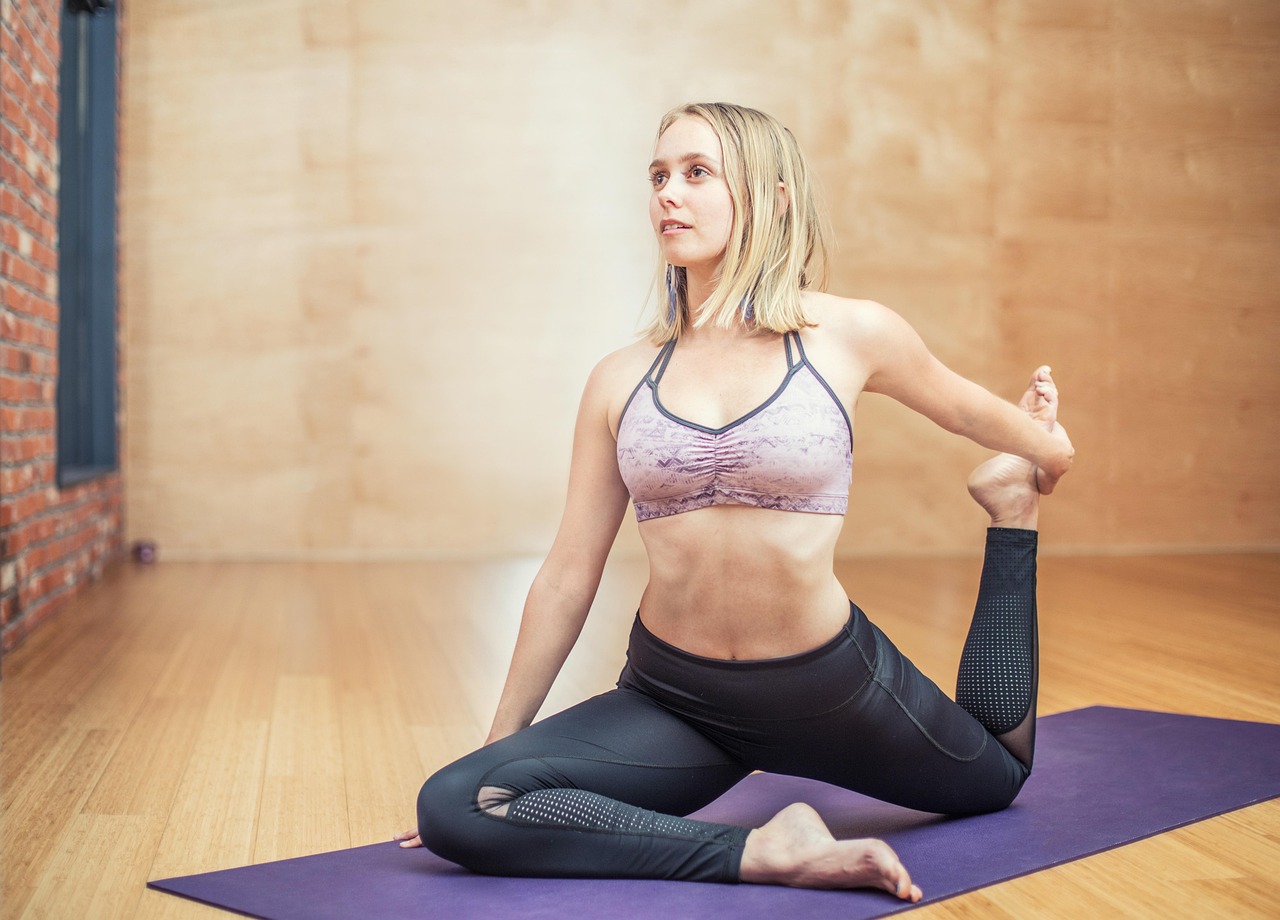Strengthening your bladder muscles can transform your daily life. Whether you’re a new mom, navigating the changes of menopause, or just looking to improve your overall bladder health, exercises to strengthen your bladder muscles can make a world of difference.
Contents
- Understanding Bladder Health
- 1. Kegel Exercises: The Classic Move
- 2. Bridge Pose: Strengthening the Core
- 3. Squats: A Powerful Foundation
- 4. Pelvic Tilts: Gentle and Effective
- 5. Leg Raises: Engaging the Lower Body
- 6. Bird-Dog: Balance and Coordination
- 7. Wall Sits: Building Endurance
- Why Consistency Matters
- The Importance of Hydration and Diet
- Seeking Professional Guidance
- Bottom Line
Understanding Bladder Health
Your bladder is more than just a storage container for urine. It’s a critical part of your urinary system, and its strength directly impacts your comfort and confidence. Weak bladder muscles can lead to leaks, urgency, and even infections. By focusing on targeted exercises, you can regain control and enhance your overall well-being.
In this article, we’ll explore seven simple yet effective exercises that will help you strengthen your bladder muscles. Let’s dive in and empower your bladder health!
1. Kegel Exercises: The Classic Move
Kegel exercises are the gold standard for strengthening your pelvic floor, which directly supports your bladder.
How to Do Kegels:
- Find Your Muscles: Imagine you’re trying to stop the flow of urine. Those are your pelvic floor muscles.
- Get Comfortable: You can do these lying down, sitting, or standing.
- Contraction: Tighten your pelvic floor muscles and hold for 5 seconds.
- Release: Relax for 5 seconds.
- Repeat: Aim for 10-15 repetitions, three times a day.
Tip: Don’t overdo it; quality matters more than quantity. You’ll feel the difference in no time!
2. Bridge Pose: Strengthening the Core
The bridge pose not only targets your pelvic floor but also strengthens your core muscles, providing additional support to your bladder.
How to Do the Bridge Pose:
- Lie Down: Start on your back with your knees bent and feet flat on the floor, hip-width apart.
- Lift Your Hips: Press through your heels and lift your hips towards the ceiling.
- Engage: Squeeze your pelvic floor as you lift.
- Hold: Stay in the bridge position for 10-15 seconds before lowering.
Tip: Breathe deeply while holding the pose to enhance your relaxation and focus.
3. Squats: A Powerful Foundation
Squats are more than just a leg exercise; they engage your pelvic floor and promote bladder strength.
How to Do a Basic Squat:
- Stand Tall: Keep your feet shoulder-width apart.
- Lower Down: Bend your knees and lower your body as if sitting back into a chair.
- Engage: Tighten your pelvic floor as you squat down.
- Rise Up: Push through your heels to return to a standing position.
Tip: Aim for 10-15 squats, and remember to keep your back straight.
4. Pelvic Tilts: Gentle and Effective
Pelvic tilts are a gentle way to strengthen your pelvic muscles and improve bladder control.
How to Do Pelvic Tilts:
- Get Comfortable: Lie on your back with your knees bent.
- Tilt: Flatten your lower back against the floor by tilting your pelvis upwards.
- Hold: Keep the tilt for 5 seconds before relaxing.
Tip: Do this exercise slowly, focusing on the movement of your pelvis.
5. Leg Raises: Engaging the Lower Body
Leg raises not only strengthen your bladder muscles but also your lower abdominal area, contributing to overall pelvic floor health.
How to Do Leg Raises:
- Lie Down: Start on your back with your legs extended.
- Raise One Leg: Slowly lift one leg to about a 45-degree angle.
- Engage: Tighten your pelvic floor as you lift.
- Lower: Bring your leg back down and repeat with the other leg.
Tip: Make it more challenging by holding the leg lift for a few seconds.
6. Bird-Dog: Balance and Coordination
The bird-dog exercise enhances core stability and strengthens your pelvic floor, crucial for bladder control.
How to Perform Bird-Dog:
- Start on All Fours: Position yourself on your hands and knees.
- Extend Opposite Arm and Leg: Extend your right arm forward and your left leg back.
- Engage: Squeeze your pelvic floor as you hold the position.
- Switch: Return to the starting position and switch sides.
Tip: Aim for 10-12 repetitions on each side, focusing on your balance.
7. Wall Sits: Building Endurance
Wall sits are fantastic for building endurance in your pelvic floor muscles, which is essential for bladder strength.
How to Do a Wall Sit:
- Find a Wall: Stand with your back against a wall.
- Slide Down: Lower your body into a seated position, keeping your knees over your ankles.
- Hold: Engage your pelvic floor and hold the position for 20-30 seconds.
Tip: Gradually increase the hold time as you feel stronger.
Why Consistency Matters
Incorporating these exercises to strengthen your bladder muscles into your daily routine can yield incredible results. Aim for at least 15-20 minutes of exercise a day.
Set Realistic Goals
Start small. If you’re new to exercising, you might commit to three sessions a week. As you build strength and confidence, increase your frequency and intensity.
The Importance of Hydration and Diet
While exercises are crucial, don’t overlook the power of hydration and diet. Drinking enough water helps keep your bladder healthy and reduces the risk of infections.
Foods to Support Bladder Health
- Fruits and Vegetables: Rich in vitamins and antioxidants.
- Whole Grains: Keep your digestive system running smoothly.
- Lean Proteins: Vital for muscle repair and growth.
Tip: Avoid caffeine and alcohol, which can irritate your bladder.
Seeking Professional Guidance
If you’re experiencing severe bladder issues, don’t hesitate to consult a healthcare professional. They can provide personalized guidance tailored to your needs. For more information, check out the Urology Care Foundation or the Mayo Clinic.
Bottom Line
Strengthening your bladder muscles is not just about avoiding leaks; it’s about reclaiming your life. These exercises to strengthen your bladder muscles can help you feel more confident and in control.
Take the first step today. Start with one or two of these exercises, and gradually build a routine that fits your lifestyle. Your bladder—and your future self—will thank you!
Frequently Asked Questions
Q: How long will it take to see results?
A: Most people notice improvements within a few weeks of consistent practice.
Q: Can I do these exercises while pregnant?
A: Yes! Many of these exercises are safe during pregnancy, but consult your doctor first.
Q: What if I have a bladder condition?
A: Always consult with a healthcare professional before beginning any new exercise regimen.








